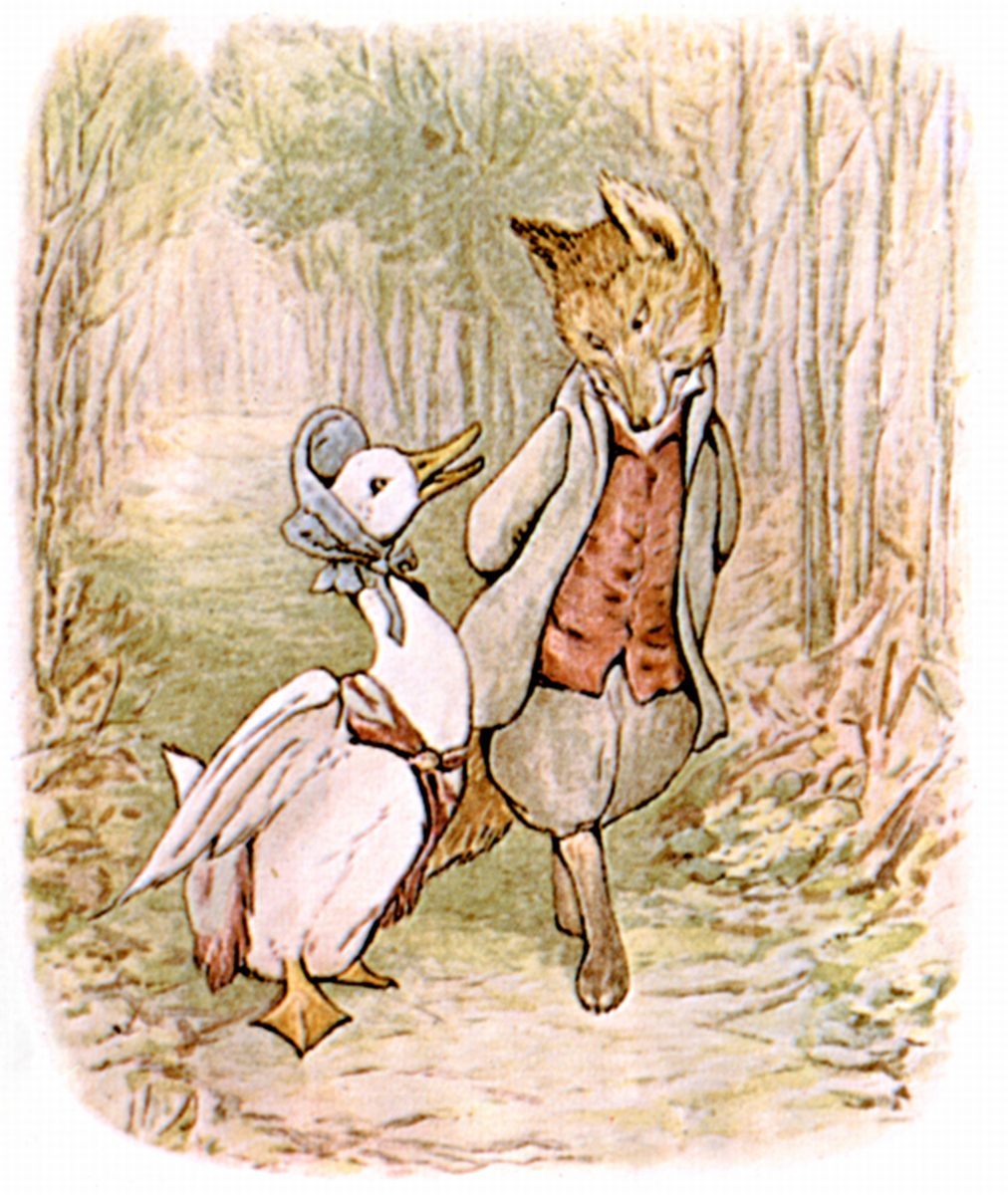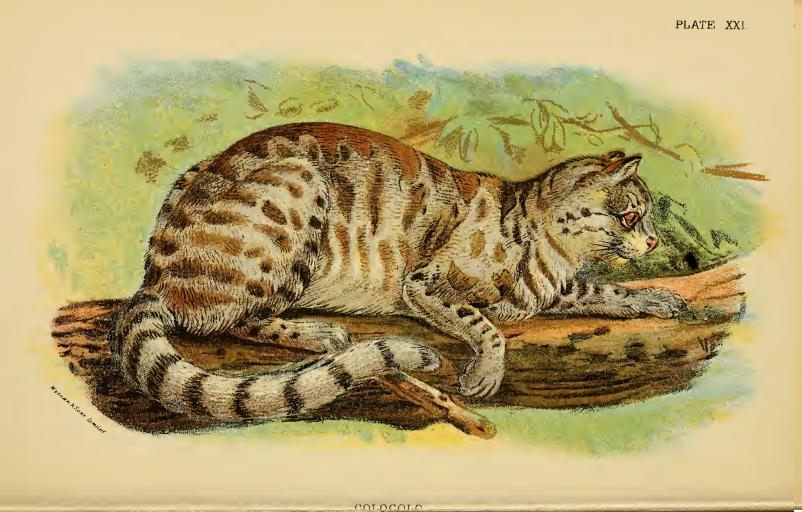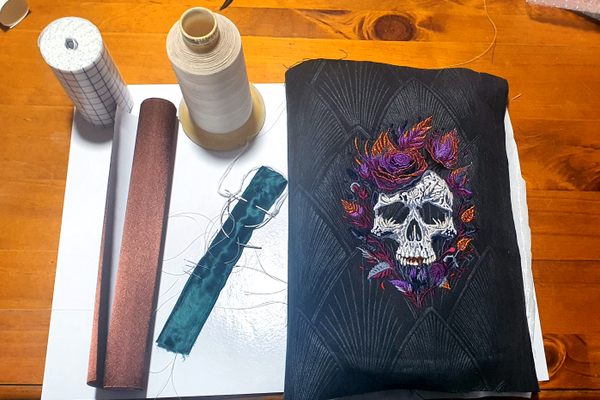The Very Hungry Caterpillar Lied to You As a Child
Do children’s books need to be fact-checked to make them more true to nature?

Think of the best scene from your favorite children’s book. Easy, right? The Very Hungry Caterpillar emerges from his cocoon, now a beautiful butterfly that takes up two whole pages. Sal and the Mama Bear run into each other in the blueberry patch. The rascally mouse gets yet another cookie.
There’s a reason this particular page stuck in your mind. Maybe it surprised you, or taught you a lesson, or made you laugh. But have you ever wondered if it’s accurate?
Yes, children’s books are bastions of fantasy, the rightful homes of dragons and magic crayons and talking cheese. But as kids spend less time outdoors, and more time learning about nature through screens, some experts are taking a closer look at how well the lessons translate. The answer is often a resounding “Needs Improvement.” And fixing up picture books—those colorful gateway drugs to further education—might be a good first step.


Depending on who you ask, there’s a lot to be done, and some scientists have been holding grudges for decades. “When I was working with an entomologist on an insect book, he said that one of his pet peeves is that the editor for Eric Carle’s book about the hungry caterpillar did not vet it [with an expert],” says Donna German, General Manager at Arbordale Publishing. “He cringes to think at how many people, kids and adults, think that butterflies emerge from cocoons because of this one book.” (Butterflies instead come out of chrysalises.)
Arbordale, which is explicitly focused on science and math education, works closely with scientists to check everything for accuracy. “You will not see penguins and polar bears living together in our books,” German says. Some of their advisors take an even harder line—against cats in hats, talking trees, and other fun abominations. In those cases, German exerts a balancing influence. “Some scientists hate books that feature anthropomorphic characters,” says German. “However, we believe that young children in particular will better relate to books if they can identify with the characters. So, yes, we publish some books where the animals ‘talk’ to each other.”
But in this, too, they try to be clear about the line between fact and fantasy. “We follow up on all of these stories with facts and activities so that children understand where, how, when, why,” says Arbordale’s Public Relations manager, Heather Williams. “We pride ourselves on getting it right!”

Not everyone does. A quick look at the current New York Times Children’s Picture Books bestseller list shows that three out of the top 10 titles are about various creatures, real and imagined, interacting with very human foods—dragons and tacos, mice and brownies, and cats and cupcakes (a fourth, about a frog at a French bakery, is close behind).
Other experts say kids’ books have a trickier job than pure correctness. “Books and media have to find new ways to increase the valuation and appreciation of nature,” says Juan Luis Celis-Diez, a professor of ecology at the University of Chile. Celis-Diez usually studies plant structures, but he has lately turned his attention to children’s books. For a recent study, published last month in Frontiers in Ecology and the Environment, Celis-Diez and five colleagues surveyed 1,242 Spanish-language textbooks and storybooks, each of which contained drawings or photographs of wild landscapes.
Celis-Diez and his team found some explicit mistakes, usually with animals in the wrong place—a red deer, found in the northern hemisphere, was the hero of a book about the southern rainforests, he says. But he’s equally concerned about how few picture books published in Chile actually focus on Chilean animals. In the study’s set, 70 percent of the textbooks and 89 percent of the storybooks examined focused on exotic animals, mostly from Africa and Europe. Children were far more likely to read about, say, lions, giraffes, and rabbits than animals or plants they might actually encounter. (This despite the fact that Chile is home to some incredibly cool species—guanacos and flamingos, anyone?)

Studies in other countries have found a similar disconnection. One survey, done in France in 2007 and 2008, saw children much more concerned with the fates of far-away species, like pandas, than those close to home. Sometimes these animals are very exotic—in an infamous 2002 study of a group of UK schoolchildren, kids older than eight were better at identifying Pokemon than real-life local animals. Meanwhile, some surveys make it seem like the genre is giving up entirely—in 2007, the Oxford Junior Dictionary took 30 nature-related terms out (“wren”, “dandelion”) and replaced them with words like “blog” and “celebrity.”
This trend worries Celis-Diez. While he understands the appeal of these more famous critters, if Chilean kids don’t care about their plant and animal neighbors, who will? “The systematic loss of connection and appreciation of the local environment is replaced by knowledge of more charismatic or widely distributed species,” he explains. If something isn’t done, he says, “this loss of local knowledge will increase with the coming generations.” Kids who grow up reading only about tigers don’t know to teach their own kids about the colocolo.
Katie Cunningham, Senior Editor at children’s book publisher Candlewick Press, says her editorial strategy sees a way forward in balance. “We are committed to books being both windows and mirrors for children,” she says. So a city kid might see their world mirrored in a book about a pining for a new bike, and expanded in a counting book about lions. “Books that validate a worldview and books that expand a worldview are equally worthy,” she says. “Lucky for us, that is not a hard sell for kids.” As for books about cats in hats and mice with brownies, those have their place, too. “In fiction, we suspend all kinds of disbelief in service to a larger truth,” she says. “If, in pursuit of that truth, a pig must fraternize with an elephant, then so be it.”
Animals will never squirm their way out of the library entirely, and children’s books should always be a place for kids to stretch their imaginations, across the ocean or into the realms of impossibility. But by choosing to focus only on a smaller or displaced menagerie, we run the risk of making them ignore what’s right outside—and failing to impart the knowledge that they can affect their own story.
Naturecultures is a weekly column that explores the changing relationships between humanity and wilder things. Have something you want covered (or uncovered)? Send tips to cara@atlasobscura.com.










Follow us on Twitter to get the latest on the world's hidden wonders.
Like us on Facebook to get the latest on the world's hidden wonders.
Follow us on Twitter Like us on Facebook